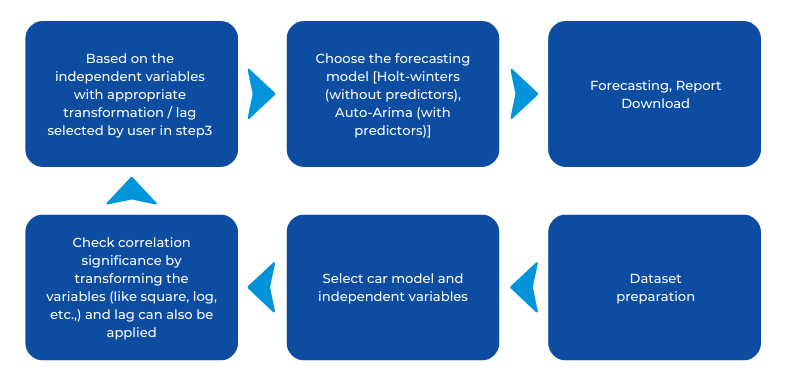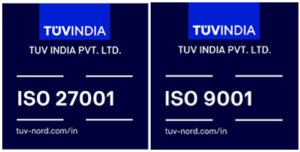About Client
The client is one of the top 100 industrial groups in the world with a heritage of 350 years. They have consistently demonstrated their ability to invent products that improve quality of life. They manufacture and market solar control glass, fire resistant glass and other various types of float glasses.
Background
Organizations often use different sales forecasting methods to predict long-term and short-term demand. However, predicting sales or demand with high accuracy is no easy feat. The process is complex as a number of variables influence demand. There is also a need to build and test multiple models to come up with the most reliable forecast.
Challenge
- The client wanted to plan production capacity for windshield glasses based on prediction of car sales for the near-future. Cars are expensive and the sales forecast depends on a wide range of macro and micro variables.
- There used to be delays in the decision making process due to involvement of the IT team at every step due to continuous model building.



